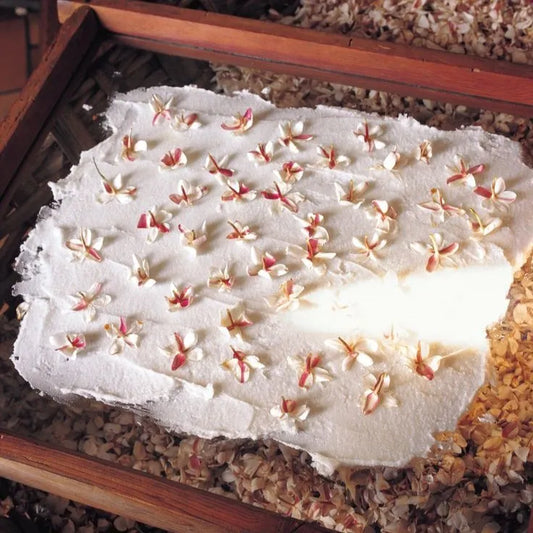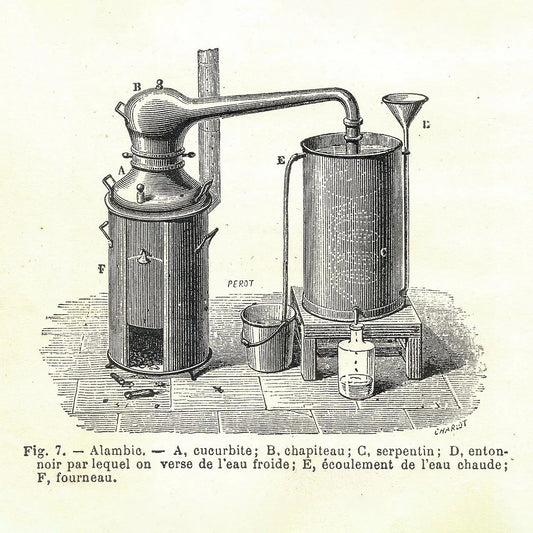The field with the greatest growth potential for essential oils is in food packaging, where essential oils may provide a natural, organic defense against mold, fungus, and bacteria that cause food to spoil. Thousands of studies published in scientific journals since the early 2000s have tested the claims made by essential oil growers and manufacturers that these oils have antimicrobial properties. Many have returned positive results in vitro—that is, in laboratories in which an essential oil’s components are combined with a specific bacterium or fungus in a test tube. Further studies are likely to involve the application of essential oils to actual food products, to see if the oil (or its components) actually preserves the food’s freshness as well as inorganic preservatives can.
While the food industry funds this research, it has become clear that some essential oils may have actual medicinal advantages as well. It may be that we will see essential oils in OTC medicinal products such as antibacterial creams and ointments or that they will find uses in hospital settings to help guard against “hospital illnesses,” infections like staph and MRSA that patients often pick up from roommates or their environment during a prolonged hospital stay.
In 2019, orange essential oil turned out to be the oil with the greatest market share, purchased in massive quantities by the cosmetics industry. Recent studies have shown that orange oil has the ability to act as a skin toner, fading stretch marks and quieting dermatitis and acne. This property has helped the oil find its way into many skin care products, providing its fresh, familiar scent as well as its therapeutic value—and its value as a beauty product has grown as well, as young women choose products with orange essential oil for their nails and hair as well as their skin.
Studies have also shown that peppermint essential oil has legitimate value in relieving pain, because of the high concentrations of menthol it contains. This penetrating vapor makes the oil a viable product or additive in the personal health care industry, for treatment of muscle pain, headaches, and cold and sinus congestion.
Discoveries like these may be on the horizon for many essential oils, now that interest in research is receiving so much support and funding from major industries. The more this science reveals about the oils, the more prevalent they will become across a broad spectrum of products.
Overall, however, the greatest growth market for essential oils remains their potential for home use. As we learn more about the hazards caused by the many synthetic preservatives, fragrances, and aerosols available in a wide range of household products, many people have turned to products that do not contain so many manufactured chemicals. Cleaning products that replace synthetic scents with lemon or pine essential oil, for example, may draw a greater audience of people who are concerned about their own family’s health as well as the health of the environment and the planet.
In personal care, essential oils have moved beyond scenting perfumes and hand lotions and now can be found in toothpastes, mouthwashes, soaps, shampoos, and baby products. Men’s grooming products have become a growth market for the oils, as they were more often used in women’s products to provide floral, herbal, and fruit scents; the expansion of the market for body sprays with earthy and spicy scents has been a boon to essential oils and now represents a new opportunity for further growth.





